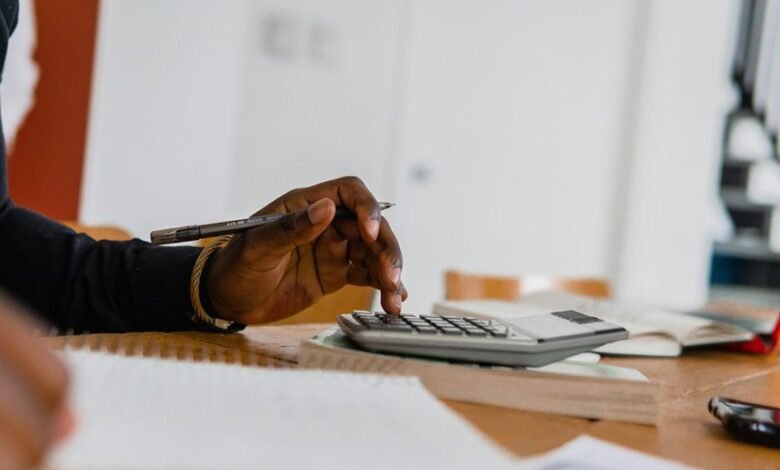Reverse Number Check and Analysis 3509823250 3509896376 3511440559 3275997834 3295587236 3882505667

Reverse number checks provide essential insights into the origins and ownership of phone numbers. The numbers 3509823250, 3509896376, 3511440559, 3275997834, 3295587236, and 3882505667 present a unique opportunity for analysis. Understanding these digits can reveal patterns that indicate whether a call is legitimate or a potential scam. This examination raises important questions about the credibility of unknown callers and the implications for personal security. What findings could emerge from this analysis?
Overview of Reverse Number Checks
Reverse number checks serve as a crucial tool in various fields, particularly in data verification and fraud prevention.
Utilizing reverse lookup methods, individuals can access extensive phone number databases to identify callers, verify identities, and uncover potential scams.
This process enhances transparency and security, empowering users to make informed decisions while protecting their personal information against misuse in a digital age.
Analysis of Specific Phone Numbers
Phone number analysis involves the systematic examination of specific digits to uncover patterns, owner information, and potential red flags associated with the number.
Analyzing the provided phone numbers reveals notable phone number trends and regional variations, which can indicate the geographical origin of calls.
Understanding these elements aids individuals in making informed decisions about their communications and enhances awareness of the diverse telecommunications landscape.
Identifying Potential Scams and Spam
How can individuals effectively discern between legitimate calls and potential scams?
Effective scam identification relies on recognizing red flags such as unsolicited requests for personal information or pressure tactics.
Utilizing call-blocking technology enhances phone security, safeguarding against unwanted intrusions.
Additionally, verifying caller identities through trusted sources can further distinguish genuine communications from deceptive attempts, empowering individuals to protect their freedom and privacy.
Tips for Conducting Your Own Reverse Number Check
Scam identification often leads individuals to seek additional methods of verification, such as conducting a reverse number check.
To effectively utilize a reverse lookup, one should start with reputable databases that provide comprehensive phone verification. Additionally, cross-referencing multiple sources enhances reliability.
Finally, being aware of local regulations regarding privacy ensures that the search remains within legal boundaries, fostering a sense of freedom in information gathering.
Conclusion
In conclusion, conducting reverse number checks on specific phone numbers can significantly enhance personal security and awareness. As the adage goes, “Better safe than sorry,” taking the time to investigate unknown callers allows individuals to discern legitimate communications from potential scams. By understanding the origins and patterns associated with these numbers, users can make informed decisions and foster a safer digital environment. Ultimately, vigilance in these matters contributes to more secure personal interactions in an increasingly complex landscape.




